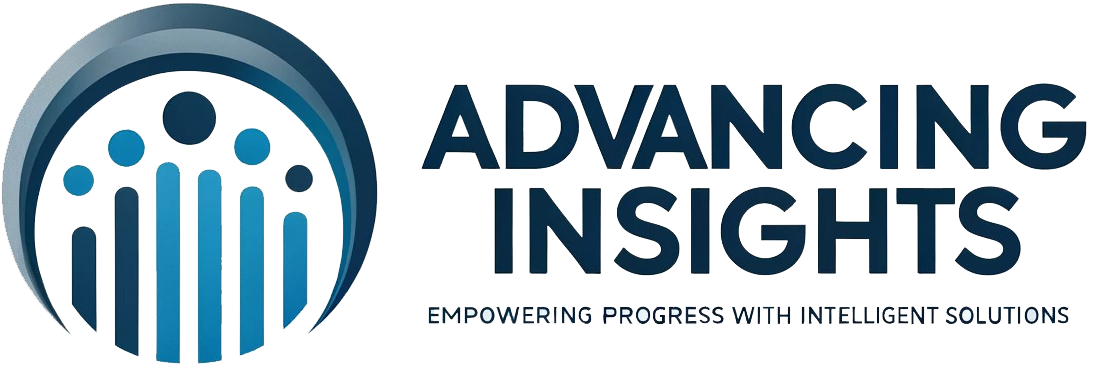Simplifying Retrieval-Augmented Generation (RAG) for Business Leaders
In the world of artificial intelligence (AI), RAG stands for Retrieval-Augmented Generation, and it's a game-changer! Imagine taking your AI chatbots and natural language processing (NLP) applications to the next level, where they not only answer questions but do so with precision and up-to-date information. Let's break it down for you:
RAG in a Nutshell
RAG is all about enhancing the output of large language models (LLMs). These LLMs are like the brains of AI systems, trained on massive amounts of data to perform tasks like answering questions and translating languages. However, they have limitations:
- Sometimes they give incorrect answers.
- They may provide outdated or generic information.
- They can create responses from non-authoritative sources.
- Confusion can arise from using similar terminology for different things.
Think of LLMs as that over-enthusiastic new employee who's confident but not always accurate. This is where RAG comes in to save the day!
RAG ensures that your AI chatbots and NLP applications are reliable, up-to-date, and trustworthy.
Here's why it's crucial:
- Cost-Effective Implementation: Instead of retraining expensive foundation models, RAG lets you introduce new data sources without breaking the bank. It makes advanced AI more accessible.
- Current Information: RAG connects LLMs to live data sources, ensuring your AI is always equipped with the latest information.
- Enhanced User Trust: With RAG, your AI can cite sources and provide references, increasing user trust and confidence.
- More Control: Developers can fine-tune and troubleshoot AI applications more efficiently with RAG. They can also restrict sensitive information access and adapt to changing requirements.
How RAG Works
Without RAG, LLMs generate responses based solely on their training. RAG introduces an information retrieval component:
- Create External Data: New data sources outside the LLM's training set are collected, ranging from APIs to document repositories.
- Retrieve Relevant Information: User queries are matched with relevant data using mathematical vector calculations.
- Augment the LLM Prompt: RAG adds retrieved data to the user input, allowing LLMs to generate more accurate answers.
- Update External Data: To keep information current, external data is updated either in real-time or periodically.
RAG is the secret sauce that ensures your AI applications provide accurate, up-to-date, and reliable responses. It's the future of AI-powered interactions, making technology work smarter for your business!"
What is RAG? - Retrieval-Augmented Generation Explained - AWS (amazon.com)
How can RAG be helpful for FP&A and Finance departments?
These ideas apply to any business type. Call 862-596-0745 to get started.






